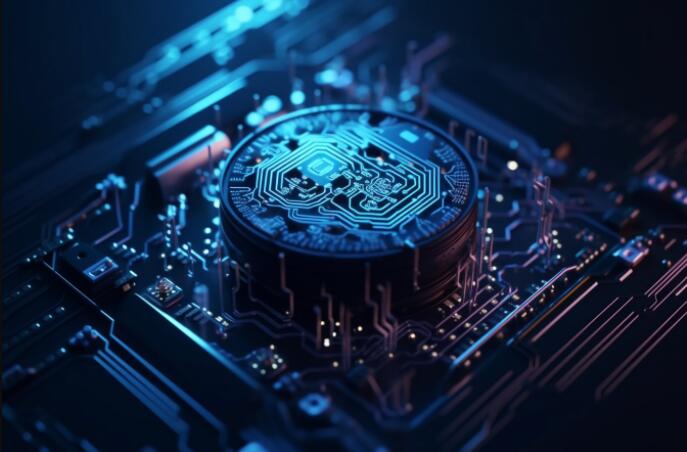OpenAI Halts Large-Scale Google TPU Adoption, Sticks with NVIDIA and AMD
OpenAI Maintains Hardware Strategy Amid TPU Evaluation
San Francisco, CA - In a significant development for the AI hardware market, OpenAI has confirmed it will not proceed with large-scale adoption of Google's Tensor Processing Units (TPUs) for its artificial intelligence operations. This decision comes after extensive evaluation of the custom ASIC chips designed specifically for machine learning workloads.
The TPU Consideration and Decision
Google's TPUs represent a specialized approach to AI acceleration, employing a dataflow-driven architecture that optimizes matrix multiplication pipeline computing. This design significantly reduces memory access latency - a critical factor in large language model training.

Image source note: The image was generated by AI, and the image licensing service is Midjourney.
Despite these technical advantages, OpenAI has chosen to maintain its existing hardware partnerships. "Our evaluation confirmed TPUs' capabilities," stated an OpenAI spokesperson, "but our established infrastructure with NVIDIA and AMD provides the reliability and scale we require for current operations."
Current Hardware Ecosystem
The research organization will continue utilizing:
- NVIDIA's latest GPU architectures for primary training workloads
- AMD's AI accelerators for complementary processing tasks
- Limited TPU deployments for specific experimental applications
Industry analysts note that this decision reflects the complexity of transitioning major AI workloads between fundamentally different hardware architectures. While Google has made significant strides with its fourth-generation TPUs - particularly in serving its Gemini models - the ecosystem around NVIDIA's CUDA platform remains deeply entrenched in AI development workflows.
Market Implications
The announcement carries substantial weight in the competitive AI hardware sector:
- NVIDIA solidifies its position as the dominant force in AI acceleration
- AMD maintains its foothold as a secondary supplier to major AI players
- Google Cloud faces continued challenges in converting TPU technology into broader market adoption
"This represents both a validation and limitation for Google's hardware strategy," noted Morgan Stanley analyst Claire Zhang. "While TPUs power Google's own AI services effectively, converting external customers at scale remains challenging against NVIDIA's ecosystem advantages."
Future Outlook
OpenAI emphasized this decision doesn't preclude future TPU adoption but indicates no immediate plans for architectural shifts. The company continues running hybrid GPU-TPU tests while focusing on:
- Scaling existing infrastructure partnerships
- Optimizing current hardware utilization
- Evaluating next-generation offerings from all vendors
The AI research leader plans to revisit its hardware strategy during its next infrastructure refresh cycle, expected within 18 months.
Key Points:
- 🌟 Hardware Continuity: OpenAI maintains NVIDIA/AMD partnership despite TPU tests
- ⚖️ Balanced Approach: Limited TPU use continues alongside primary GPU infrastructure
- 📊 Market Impact: Decision reinforces NVIDIA's dominance in AI acceleration
- 🔮 Future Watch: Hybrid testing continues; next evaluation planned for 2026